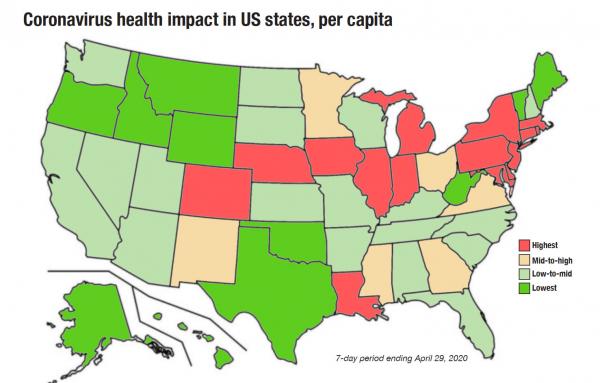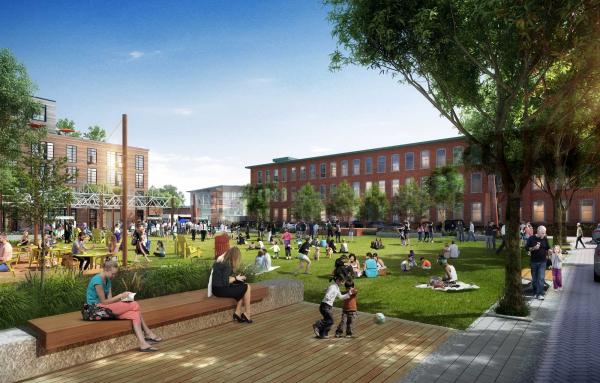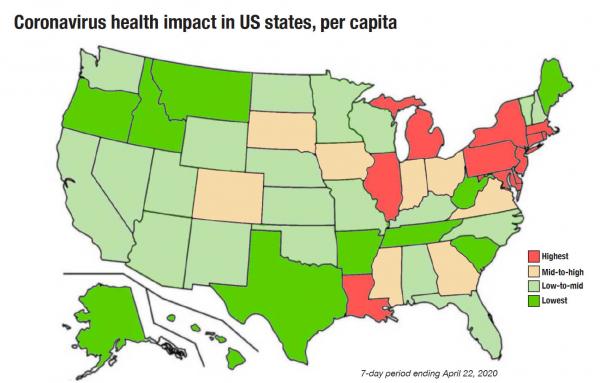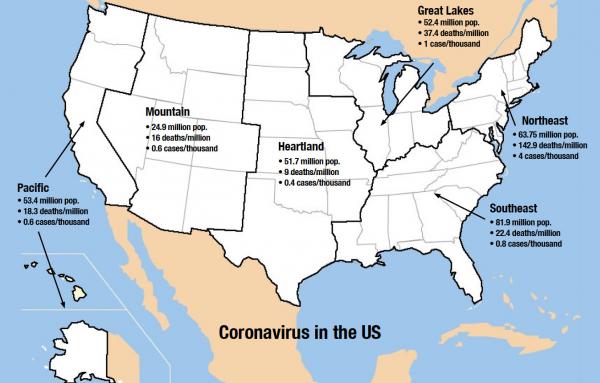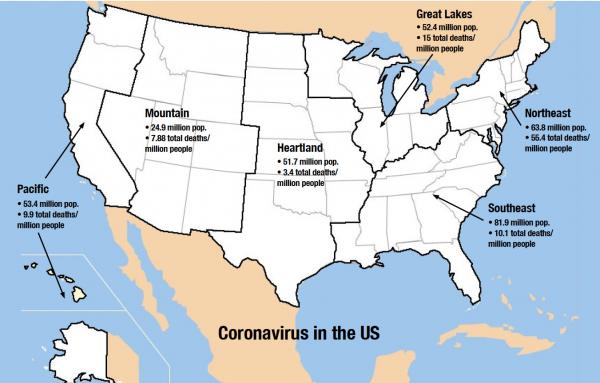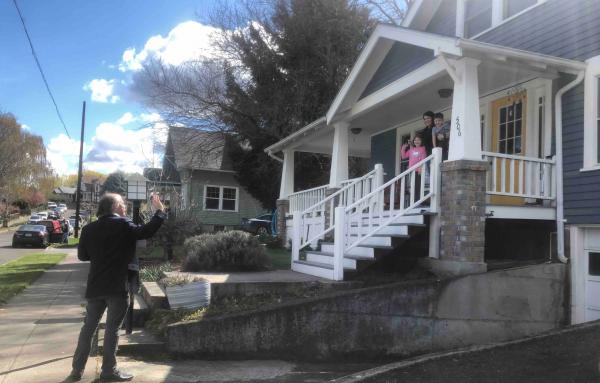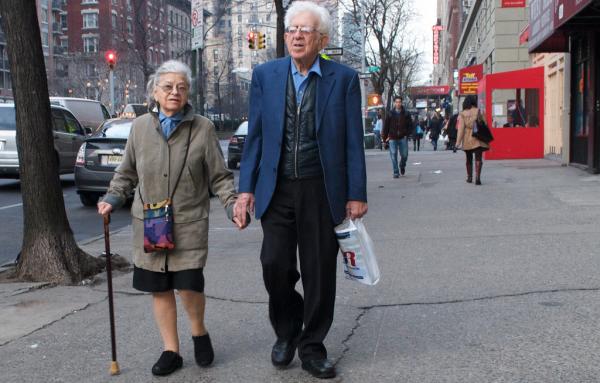Health
In the fifth State of Coronavirus in America report, the most encouraging trends are a dramatic rise in testing and declining mortality. But as cases rise in many states, the nation is far from out of the woods.
An analysis indicates that cases of COVID-19 are more related to what metro area you live in, rather than whether you live in the central city or a suburb. Transit also doesn’t correlate as a significant factor.
Here's how we can help our clients and communities transition to planning in the post-pandemic world.
At least half of the US population lives in states that are currently reopening, or making near-term plans to reopen, their economies in phases. The risks vary, because different states have higher or lower levels of confirmed cases and mortalities.
In this third State of Coronavirus in America report, Public Square examines the widely divergent health impacts across the US to look at how soon individual states may reopen their economies according to the new federal guidelines.
The virus appears to have peaked or plateaued across much of the US, even as New York and other hotspots bear the worst of the crisis.
Walkable communities will continue to be viewed as ideal for live, work, and play—but more responsibility will fall on community planners to accommodate new desires, needs, and expectations.
The way the virus has hit states and regions of the country differs greatly. The State of Coronavirus in America looks at divergent health impacts, including varying acceleration and hotspots.
The false duality between dense public spaces and isolated private ones misses the complexity of all the diverse—and relatively safe—urban places in between.
Ultimately, this crisis will highlight how much we need to come together in the real world, and cities are a big part of that.
Seniors have the most to gain from pedestrian and cycling improvements—yet they often feel threatened by changes that provide alternatives to driving. Here are ways to include seniors in active transportation planning.
It’s time for the fire service to become an active partner in overall public safety.
